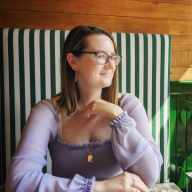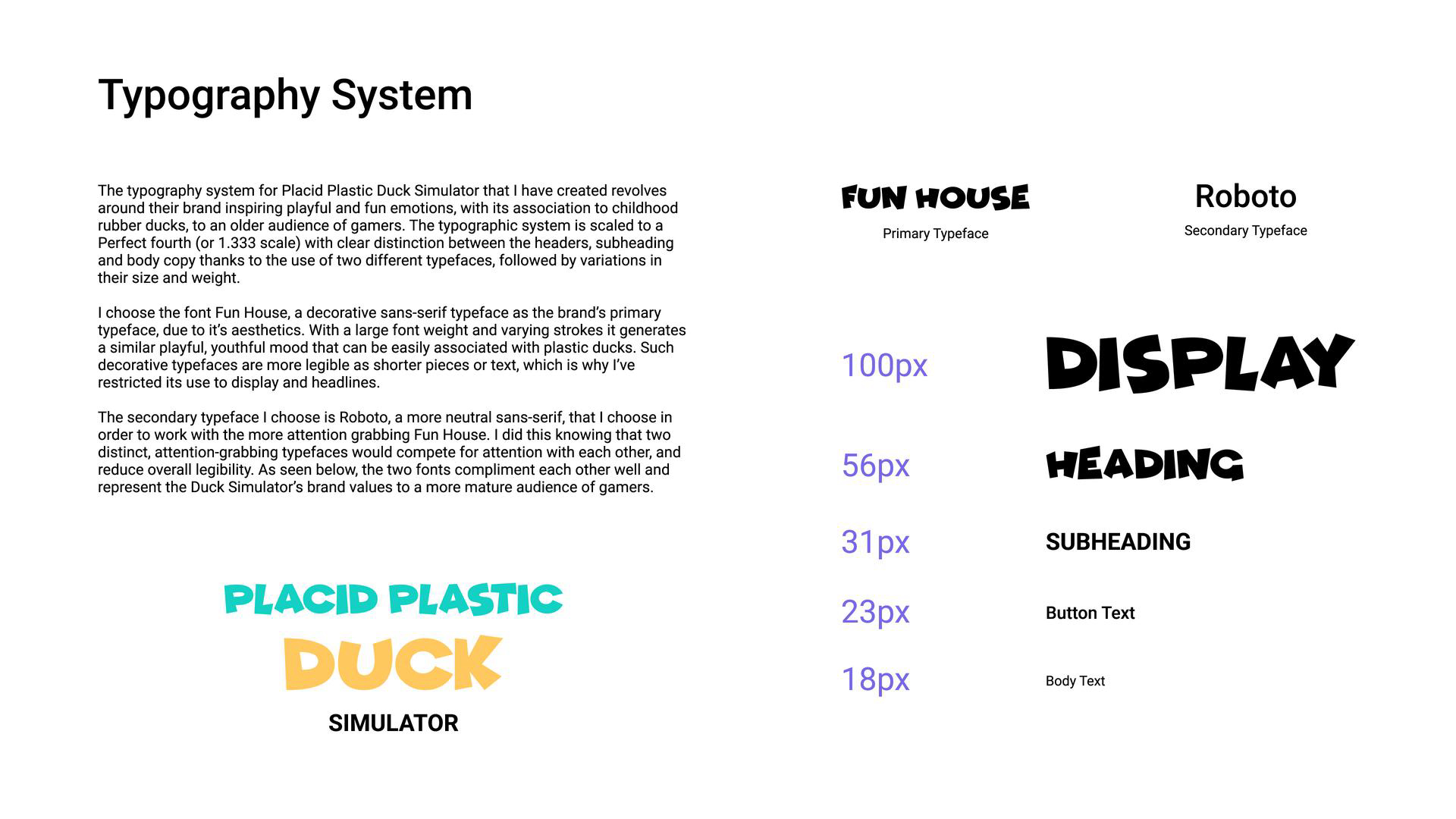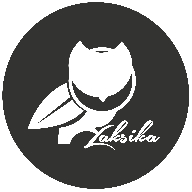Placid Plastic Duck Typography System
The typography system for Placid Plastic Duck Simulator that I have created revolves around their brand inspiring playful and fun emotions, with its association to childhood rubber ducks, to an older audience of gamers. The typographic system is scaled to a Perfect fourth (or 1.333 scales) with a clear distinction between the headers, subheading and body copy thanks to the use of two different typefaces, followed by variations in their size and weight.
I chose the font Fun House, a decorative sans-serif typeface as the brand’s primary typeface, due to its aesthetics. With a large font-weight and varying strokes, it generates a similar playful, youthful mood that can be easily associated with plastic ducks. Such decorative typefaces are more legible as shorter pieces of text, which is why I’ve restricted their use to display and headlines.
The secondary typeface I chose is Roboto, a more neutral sans-serif, that I chose in order to work with the more attention-grabbing Fun House. I did this knowing that two distinct, attention-grabbing typefaces would compete for attention with each other, and reduce overall legibility. As seen below, the two fonts complement each other well and represent the Duck Simulator’s brand values to a more mature audience of gamers.
Reviews
0 reviews
You might also like
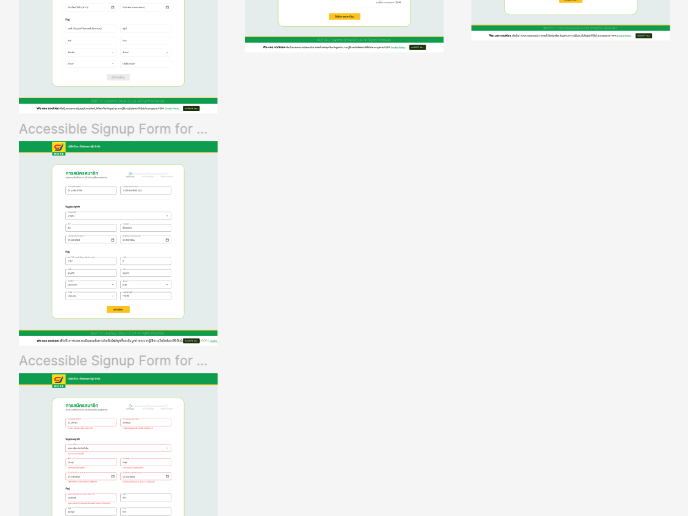
Accessible Signup Form for SaaS Platform
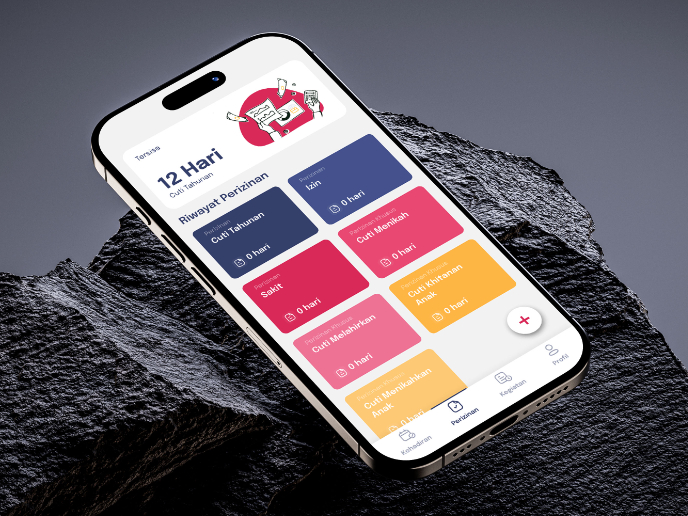
SIPALA - Attendance, Leave, and Activity Management System
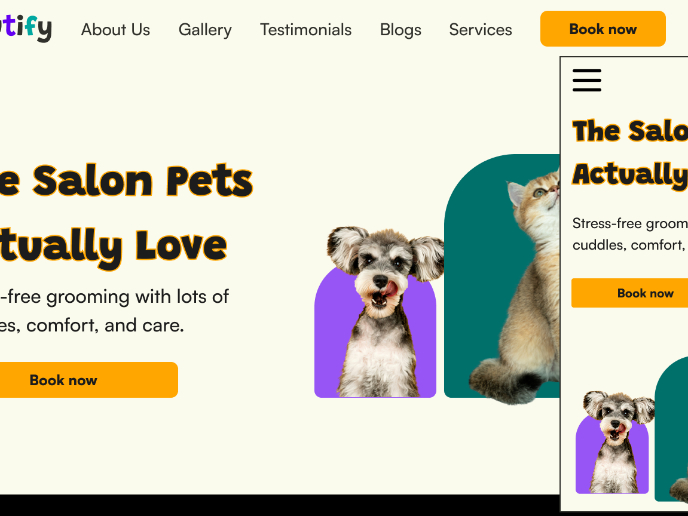
Pawtify - Responsive Landing Page Brief
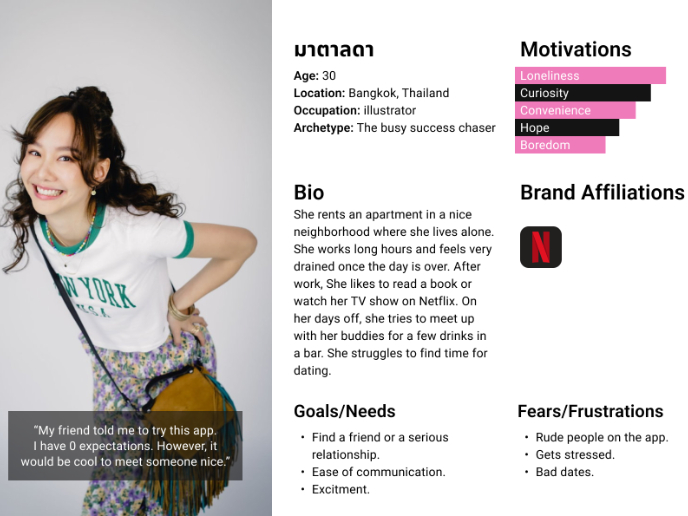
Develop a User Persona
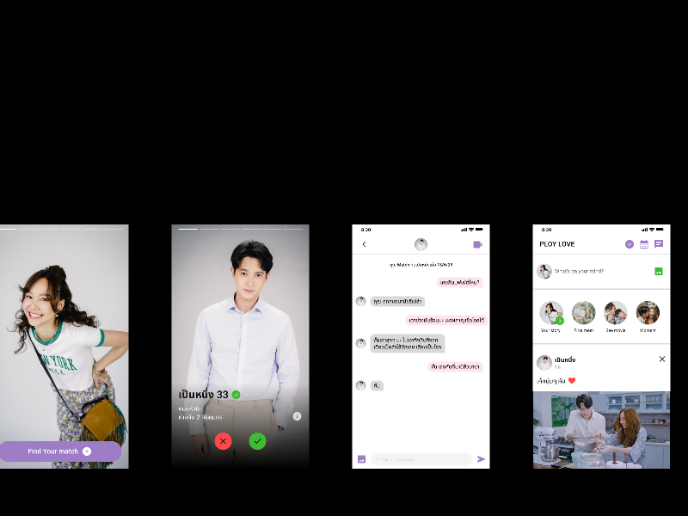
Plan A/B Test for the Onboarding Flow
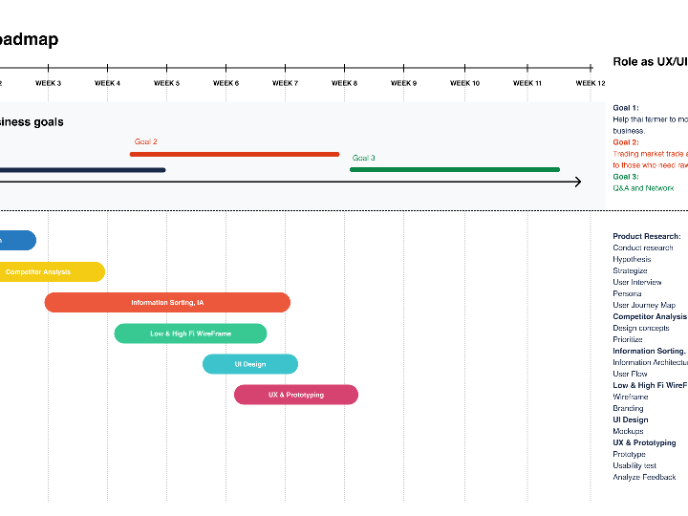
Build a Product Roadmap
Visual Design Courses

UX Design Foundations

Introduction to Figma

